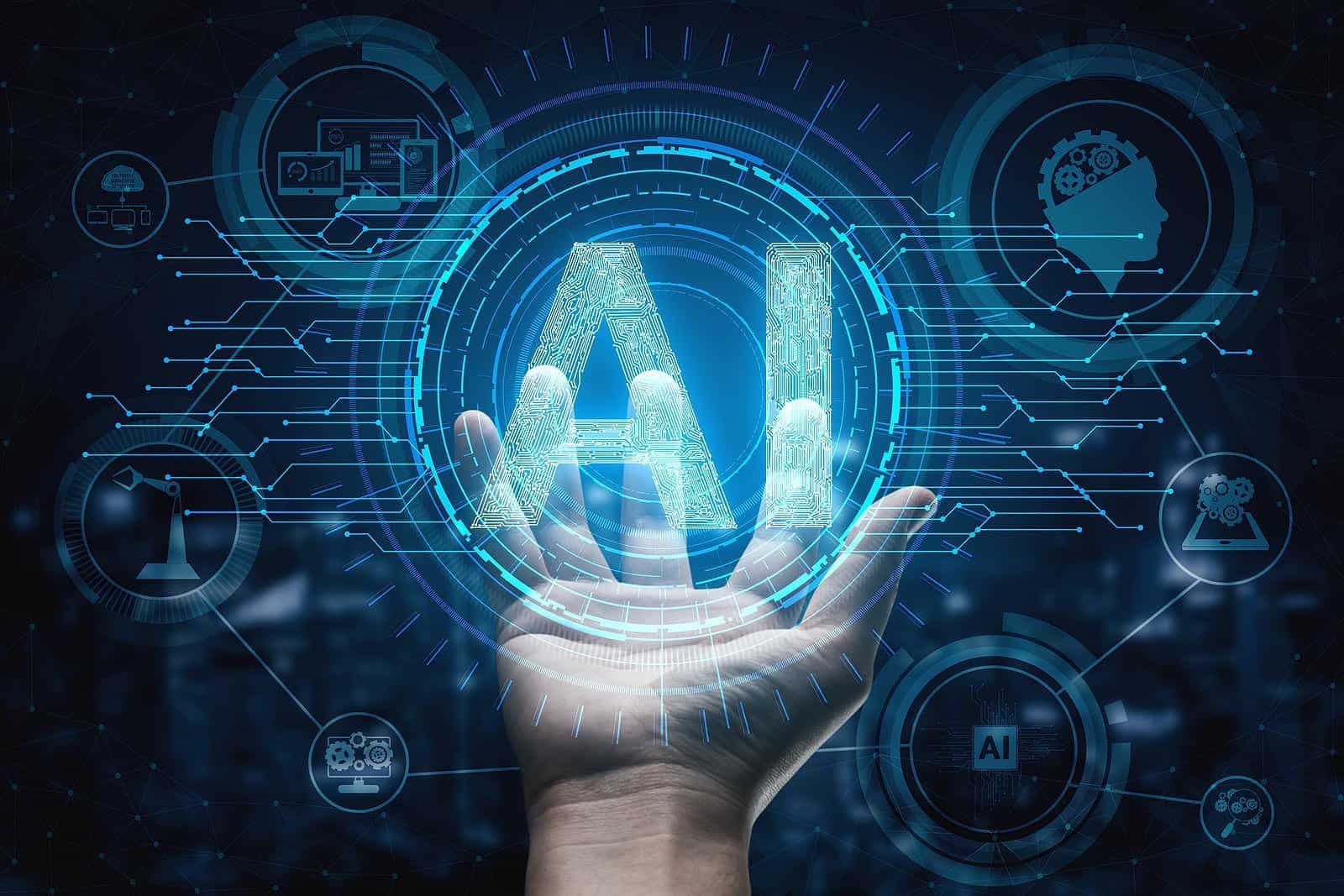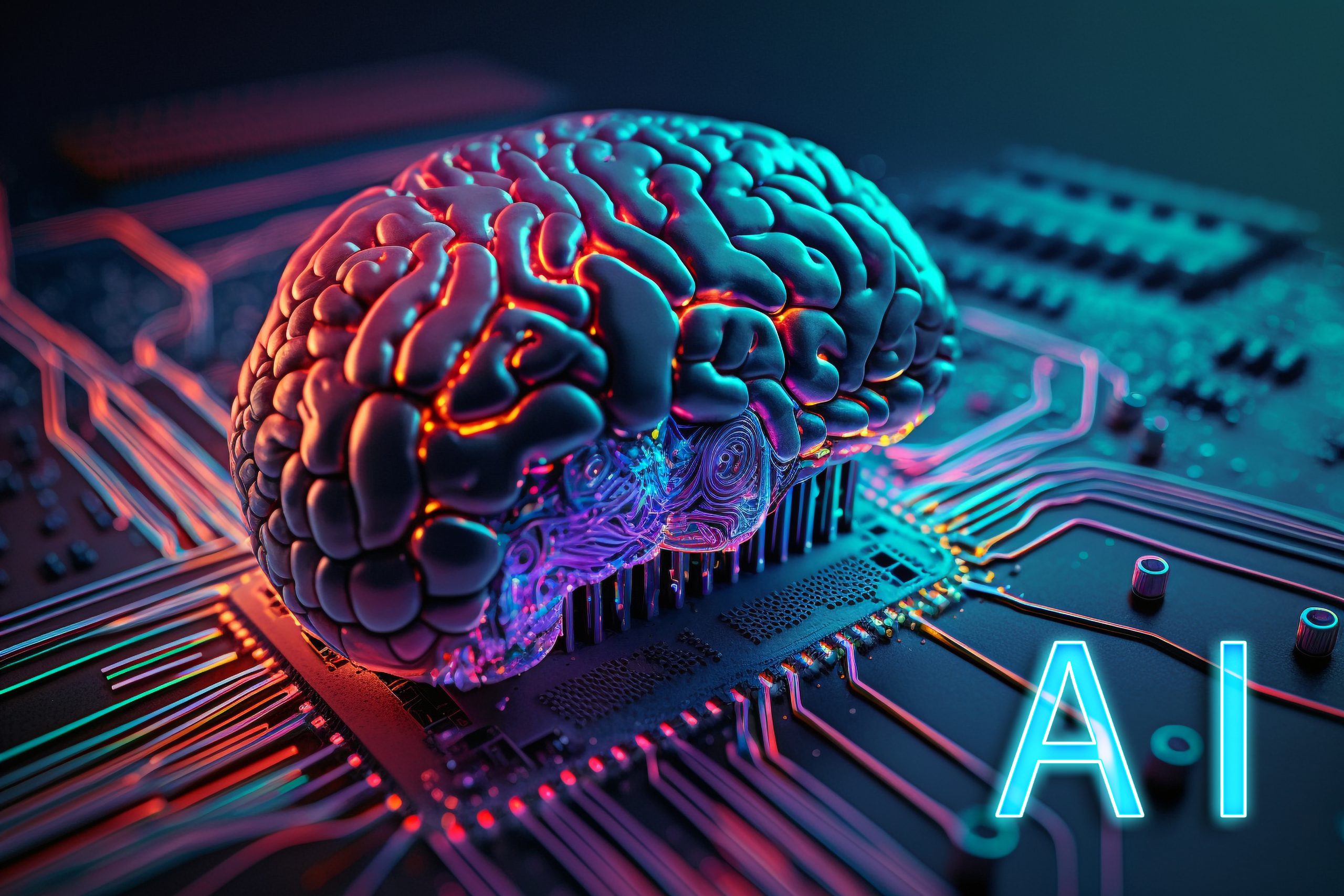
AI-Generated Jokes: A Daily Dose of Digital Humor
In an era defined by rapid technological advancements, Artificial Intelligence (AI) has emerged as a versatile tool, permeating various aspects of our lives. From self-driving cars to medical diagnoses, AI’s capabilities seem boundless. One intriguing application of AI lies in its ability to generate humor. AI-generated jokes are becoming increasingly prevalent, offering a daily dose of digital amusement to individuals worldwide. This article delves into the realm of AI-generated jokes, exploring their underlying mechanisms, strengths, limitations, and potential impact on the future of comedy.
The Mechanics of AI-Generated Humor
At its core, AI-generated humor relies on machine learning algorithms trained on vast datasets of jokes, puns, and humorous texts. These algorithms analyze patterns, structures, and linguistic elements that contribute to humor. By identifying common themes, punchlines, and comedic devices, AI models can generate novel jokes that mimic human-created humor.
Several approaches are employed in AI-generated humor:
- Template-Based Generation: This method involves using pre-defined templates or structures with placeholders for specific words or phrases. The AI model then fills these placeholders with relevant terms based on its training data. For example, a template like "Why did the [noun] cross the [place]? To get to the [another place]" can be populated with different nouns and places to create various jokes.
- Rule-Based Generation: Rule-based systems utilize a set of predefined rules and heuristics to generate jokes. These rules may involve wordplay, puns, or situational irony. The AI model applies these rules to generate jokes based on the given input.
- Neural Networks: Neural networks, particularly recurrent neural networks (RNNs) and transformers, have shown remarkable capabilities in generating coherent and contextually relevant text. These models can be trained on large datasets of jokes to learn the nuances of humor and generate original jokes.
- Hybrid Approaches: Some AI systems combine multiple techniques to generate humor. For instance, a system may use template-based generation for simple jokes and neural networks for more complex or creative jokes.
Strengths of AI-Generated Jokes
AI-generated jokes offer several advantages:
- Novelty and Originality: AI models can generate jokes that are different from traditional jokes, offering a fresh perspective on humor.
- Consistency: AI can consistently generate jokes without fatigue or mood swings, ensuring a continuous supply of amusement.
- Customization: AI can be tailored to generate jokes based on specific themes, topics, or target audiences.
- Accessibility: AI-generated jokes are readily accessible through various platforms, including websites, apps, and social media.
- Therapeutic Value: Humor has been shown to have therapeutic benefits, reducing stress and improving mood. AI-generated jokes can provide a daily dose of laughter, contributing to overall well-being.
Limitations of AI-Generated Jokes
Despite their strengths, AI-generated jokes also have limitations:
- Lack of Understanding: AI models often lack a deep understanding of the context, cultural nuances, and social implications of their jokes. This can lead to jokes that are nonsensical, offensive, or simply unfunny.
- Repetitiveness: AI models may generate jokes that are repetitive or predictable, especially if they are trained on limited datasets.
- Creativity Constraints: While AI can mimic human humor, it often struggles to generate truly creative or original jokes that push the boundaries of comedy.
- Dependence on Data: The quality of AI-generated jokes heavily depends on the quality and diversity of the training data. If the training data is biased or limited, the resulting jokes may be biased or unoriginal.
- Ethical Concerns: AI-generated jokes can perpetuate stereotypes, spread misinformation, or cause offense if not carefully monitored and curated.
Impact on the Future of Comedy
The rise of AI-generated jokes has sparked debate about its potential impact on the future of comedy. Some argue that AI will eventually replace human comedians, while others believe that AI will serve as a tool to augment human creativity.
- Augmentation of Human Creativity: AI can assist human comedians by generating ideas, suggesting punchlines, or providing alternative perspectives on jokes.
- New Forms of Comedy: AI can enable new forms of comedy that were previously unimaginable, such as interactive jokes, personalized humor, and AI-driven stand-up routines.
- Democratization of Humor: AI can make humor more accessible to individuals who may not have the talent or resources to create their own jokes.
- Ethical Considerations: As AI becomes more sophisticated, it is crucial to address ethical concerns related to humor, such as avoiding offensive jokes, promoting inclusivity, and preventing the spread of misinformation.
- Coexistence of Human and AI Humor: It is likely that human and AI-generated humor will coexist in the future, with each offering unique strengths and catering to different audiences.
Examples of AI-Generated Jokes
Here are some examples of AI-generated jokes:
- Why did the robot go to the library?
- Because it wanted to download some knowledge!
- What do you call a lazy kangaroo?
- Pouch potato!
- Why did the bicycle fall over?
- Because it was two tired!
- Why don’t scientists trust atoms?
- Because they make up everything!
- What do you call a fish with no eyes?
- Fsh!
The Future of AI-Generated Humor
The future of AI-generated humor is promising, with ongoing research and development focused on improving AI’s ability to understand, generate, and deliver humor effectively.
- Improved Understanding of Humor: Researchers are working on developing AI models that can better understand the nuances of humor, including context, irony, and sarcasm.
- Enhanced Creativity: Efforts are being made to enhance AI’s ability to generate truly creative and original jokes that go beyond simple imitation.
- Personalized Humor: AI is being developed to personalize humor based on individual preferences, cultural backgrounds, and emotional states.
- Interactive Humor: AI is enabling new forms of interactive humor, where users can engage with AI models to co-create jokes or participate in humorous scenarios.
- Ethical Frameworks: Researchers and policymakers are working on developing ethical frameworks to guide the development and deployment of AI-generated humor, ensuring that it is used responsibly and ethically.
Conclusion
AI-generated jokes are a fascinating example of how technology can be used to create amusement and entertainment. While AI-generated jokes have limitations, they also offer unique advantages, such as novelty, consistency, and customization. As AI technology continues to evolve, AI-generated jokes have the potential to play an increasingly important role in the future of comedy, augmenting human creativity, enabling new forms of humor, and democratizing access to amusement. By addressing ethical concerns and focusing on continuous improvement, AI-generated humor can bring laughter and joy to individuals worldwide.
